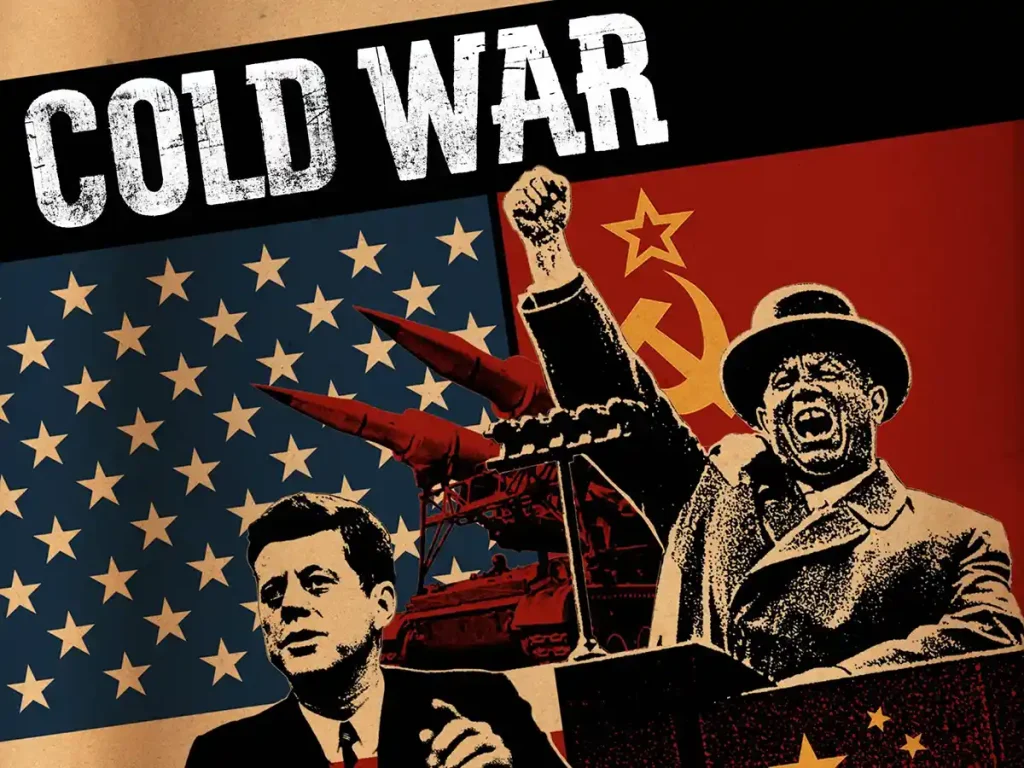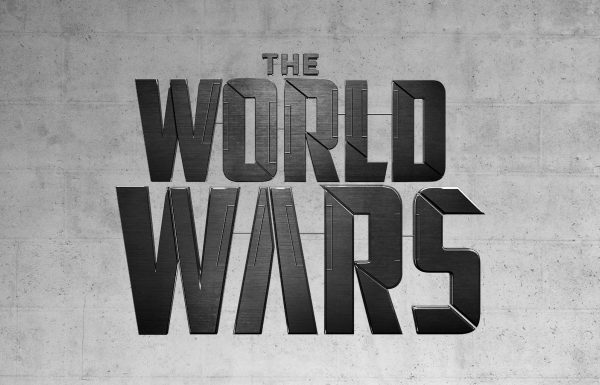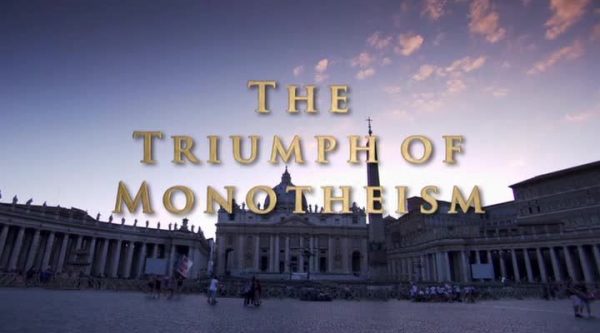Cold War episode 9 – The Wall 1958-1963: The fate of Germany remains unresolved. West Germany has been admitted to NATO. Within East Germany, Berlin is divided between East and West by an open border. Thousands seize the chance to flee the communist system. To keep their people in, the East Germans, with Soviet backing, build The Wall.
As West Germany and West Berlin become more affluent, East Germans begin to flee their country for their more prosperous neighbor. Khrushchev demands that the British, French, and Americans leave West Berlin, but they decline and the opportunity for a peaceful resolution is dashed when the Soviets walk out on the Paris Summit of 1960 because of the U-2 incident. On the night of August 12, 1962, East German security forces begin to build the Berlin Wall. In response, a tense standoff between U.S. and Soviet forces ensues. In 1963, President Kennedy delivers his famous “I am a Berliner” speech. Interviews in Episode 9 include Anatoly Gribkov, Valentin Falin, Stefan Heym, Egon Bahr, Raymond L. Garthoff and Conrad Schumann.
A significant historical account, COLD WAR confronts the oversimplified idea of two superpowers engaging in a precarious dance on the brink of nuclear disaster. Over a million feet of film, captured or retrieved and much of it previously unseen in the West, unveils the hubris, whim, and strategic brilliance of world leaders such as Kennedy, Khrushchev, Castro, Kissinger, and Gorbachev, as well as their most trusted advisers. It highlights the importance of a cosmonaut and U-2 pilot, whose names were temporarily known in every household, as well as Potsdam, Checkpoint Charlie, “Dr. Strangelove”, MAD, SALT, DMZ and the fundamentals of international diplomacy. Finally, and perhaps for the only time, it presents the testimonies of an ageing generation, now officially documented.
Cold War episode 9 – The Wall 1958-1963 – A Tumultuous Time in History
The Cold War, a period marked by political tension and hostility, was a defining era for the United States and the Soviet Union. Amidst the uncertainty of this time, the Wall stood as a physical representation of the division between East and West. This article will delve into the years between 1958 and 1963, exploring the impact of the Wall on the world stage, and how its construction and eventual fall symbolize the turbulent nature of this historical period.
The Cold War: An Overview
The Cold War was a tense period between two superpowers: the United States and the Soviet Union. Despite the absence of direct military conflict, the fear of nuclear war loomed large over the world. As the East and West vied for global dominance, the Wall emerged as a powerful symbol of this struggle.
The Construction of the Wall:
A Turning Point In 1961, the Berlin Wall was constructed, physically dividing the city and serving as an emblem of the ideological divide between East and West. The Wall was initially built to prevent the mass exodus of East Germans to West Berlin, but it evolved into a tangible reminder of the world’s political divisions.
The Wall: A Reflection of the Cold War’s Perplexity
The construction of the Berlin Wall was a direct result of the complex geopolitical landscape during the Cold War. The Wall’s bursty nature, with its rapid construction and eventual fall, encapsulates the turbulent and unpredictable nature of this period.
The Wall A Human Story
Beyond its political implications, the Wall had a profound impact on the lives of those living on both sides. Families were separated, friendships torn apart, and countless lives forever changed. The Wall’s human element adds an emotional dimension to the larger narrative of the Cold War.
The End of the Wall and Its Legacy
The Berlin Wall stood for 28 years, but its eventual fall in 1989 was a watershed moment, signaling the end of the Cold War. The dismantling of the Wall paved the way for the reunification of Germany and has since become a powerful symbol of hope and unity.
The Wall, both as a physical structure and as an emblem of the Cold War, tells a complex story of political tension, human struggle, and eventual triumph. As we reflect on the tumultuous years between 1958 and 1963, we must remember the lessons from this period and strive for a world defined by unity rather than division.
Cold War episode 9: A Retrospective on a Period of Global Tension
The Cold War, spanning from 1947 to 1991, was a period of intense geopolitical tension between the United States and the Soviet Union. This era, marked by a battle of ideologies, political maneuvering, and military standoffs, left an indelible impact on global politics. The struggle between capitalism and communism defined the landscape, shaping alliances and rivalries among nations for decades.
The Roots of the Cold War
The origins of the Cold War can be traced back to the end of World War II, when the wartime alliance between the US, Soviet Union, and their European allies began to crumble. Disagreements over the fate of post-war Europe and the rise of the Iron Curtain exacerbated these tensions, setting the stage for a prolonged conflict.
The Space Race and Arms Race
Two major races defined the technological landscape during the Cold War: the Space Race and the Arms Race. The former saw the US and USSR compete to achieve milestones in space exploration, while the latter involved a dangerous escalation of nuclear weapons stockpiles. These competitions fueled scientific innovation and instilled both fear and fascination in the public’s mind.
The Proxy Wars
During the Cold War, the US and Soviet Union engaged in several proxy wars, supporting opposing sides in regional conflicts. These battles played out in countries like Korea, Vietnam, and Afghanistan, often causing devastating consequences for the local populations. Proxy wars served as a way for the superpowers to assert their influence without engaging in direct conflict, thereby avoiding the risk of nuclear war.
The Role of Propaganda and Espionage
Propaganda and espionage were crucial tools in the battle for ideological dominance during the Cold War. Both sides used various methods to spread their messages, from radio broadcasts to covert operations. Espionage played a critical role, as intelligence agencies like the CIA and KGB worked tirelessly to uncover each other’s secrets.
The Fall of the Berlin Wall and the End of the Cold War
The fall of the Berlin Wall in 1989 symbolized the beginning of the end for the Cold War. The subsequent collapse of the Soviet Union in 1991 marked a definitive conclusion to the decades-long standoff. As communism crumbled in Eastern Europe, the world witnessed the dawn of a new era, shifting the global balance of power and shaping the modern geopolitical landscape.
Lessons Learned and Lasting Effects
The Cold War had far-reaching consequences, both positive and negative. While the conflict spurred incredible technological advancements, it also led to the proliferation of nuclear weapons and the spread of suffering through proxy wars. As we look back on this period, it is essential to learn from its lessons and strive for a more peaceful and cooperative world.
In Cold War episode 9 – The Wall 1958-1963 you will find answers to this questions:
- What led to the construction of the Berlin Wall?
- How did the Berlin Wall impact the Cold War?
- What was the U-2 incident?
- How did the fall of the Berlin Wall affect global politics?
- What was President Kennedy’s “I am a Berliner” speech?
- How did the Berlin Wall affect the people living in East and West Germany?




